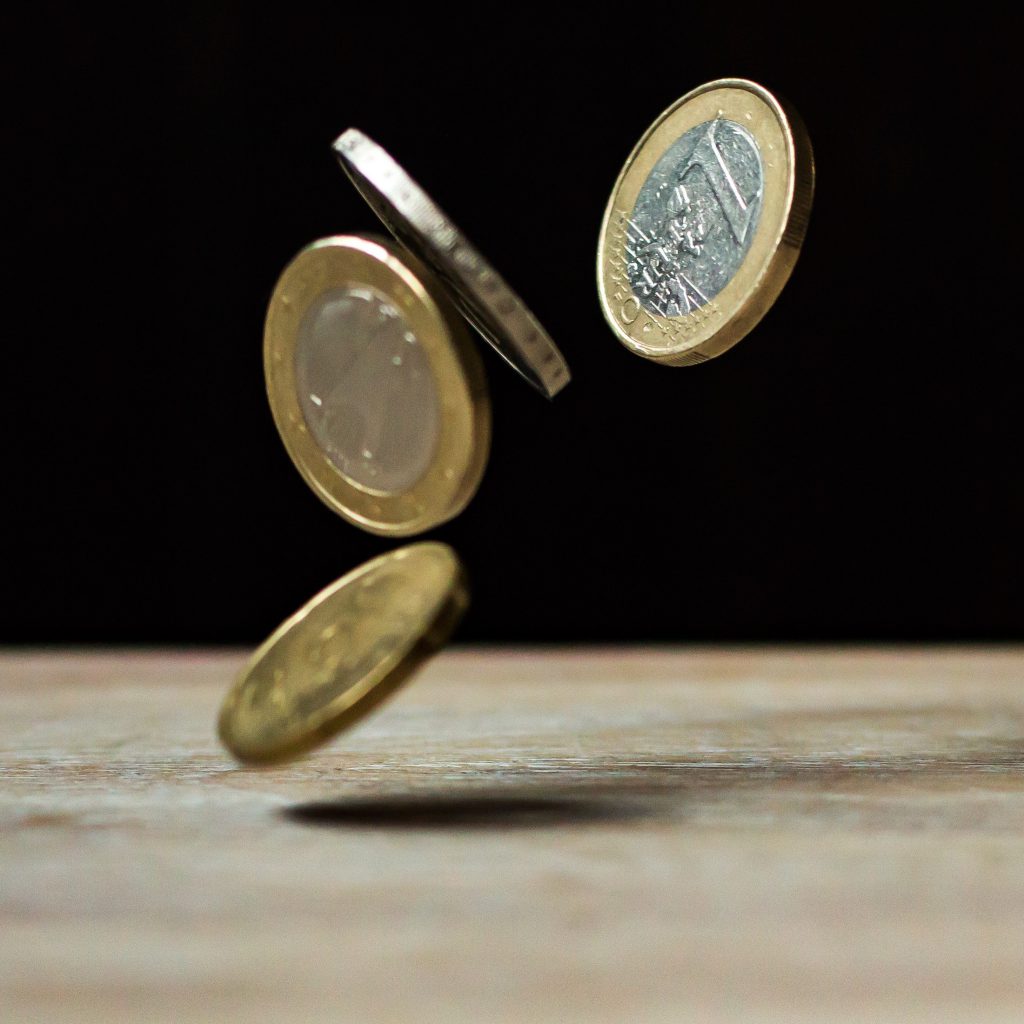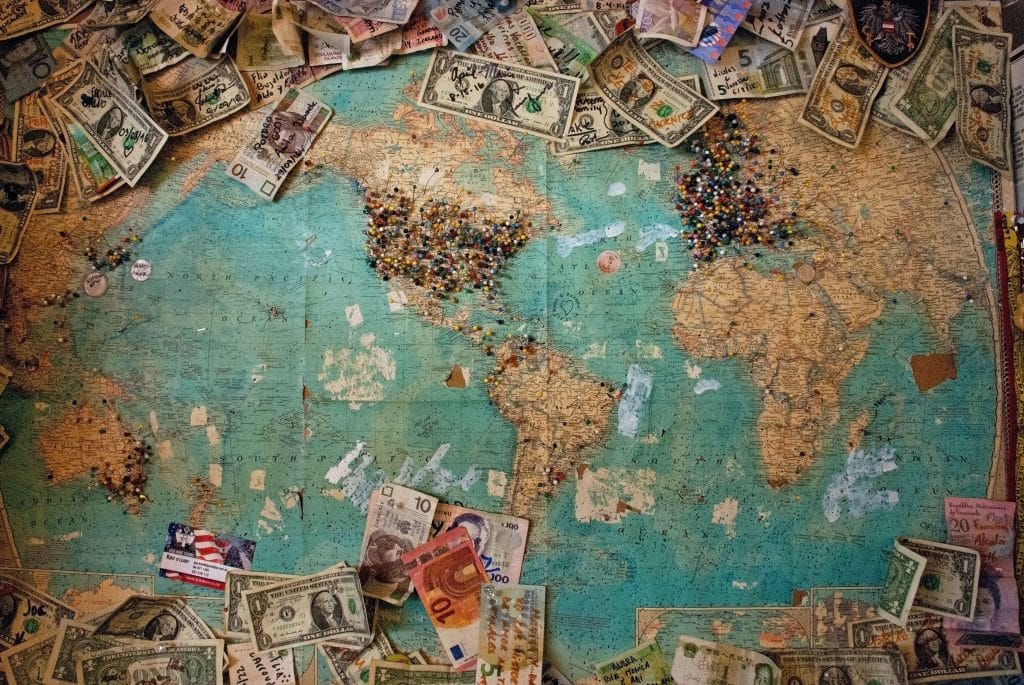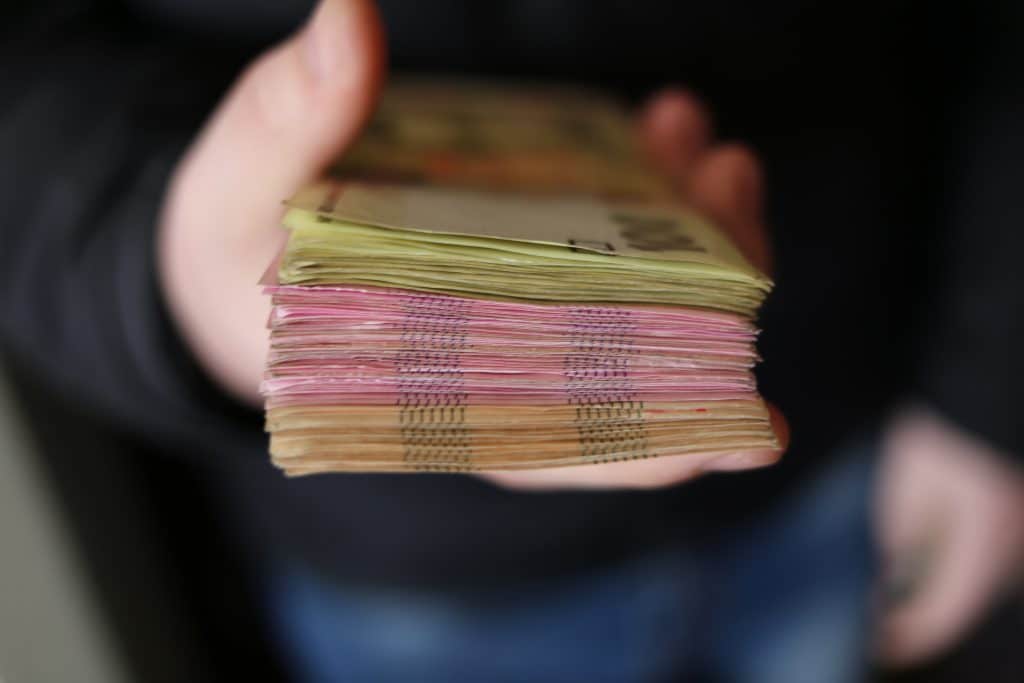Washing, cashing: the lost coins, treasure men and money laundering in cryptocurrency
They say money talks the loudest; but when we’re talking about huge sums of it, money, sometimes, keeps it silent. Anonymous. In the shadows. Secretive. We’re talking about money laundering in cryptocurrency and in the global financial system, of course.
Organised criminal groups rely heavily on money laundering tactics to cover their tracks and feed their income into the economy, banks, financial institutions and lawful investments, among others.
The ‘cleaning’ of dirty cash has always been a titanic problem, not only within countries but even more so across continental borders. And as the financial world evolves, so do money laundering tactics, especially in an era of rapid and widespread digitalisation. Governments and financial watchdogs have kept eagle eyes on transactions in the virtual marketplace; particularly, they have doubled, if not tripled, their efforts in implementing efforts to fight money laundering in the cryptocurrency market, a segment that is barely 13 years old.


Crypto crime
Blockchain research firm Chainanalysis found that about USD 8.7 billion worth of cryptocurrency was laundered in 2021 — a 30 per cent increase from the previous year’s numbers. Still, this was less than the amount of cryptocurrency laundered in 2019, which reached nearly USD 11 billion. In total, cybercriminals have laundered over USD 33 billion since 2017.
Chainalysis explained its data came from their research on funds sourced from ‘online illegal activities’ like hacking and ransomware attacks. Profits from these activities were transacted and exchanged through cryptocurrency. The research firm clarified that money from ‘offline’ crimes, such as illegal gambling and drug trafficking, laundered through crypto transactions were more challenging to track, and, therefore, excluded from the 2021 report. However, Chainanalysis believes there is ‘anecdotal’ evidence of this situation.
So there’s dirty cash in the crypto world—but where do the dollars go?

Before we follow the money trail, let’s first talk about how money laundering works. The United Nations says there are three straightforward steps to launder money: move the dirty cash, disguise its trail through fake banks or intermediaries and lastly integrate it into the legitimate financial system by purchasing investments, funds and luxury items, for example. That is usually how illegal money is cleaned up.
Illicit crypto coins are cleaned before exchange or cashing out using the same concept as laundering fiat money: placement, hiding and integration. There are also a number of other crypto laundering practices illicit actors can use to clean dirty crypto coins:
Blending crypto in tumbler services:
Imagine you’re a bartender: you mix alcohol, syrups, fruits and other ingredients in a shaker (or tumbler) to make one glorious cocktail. When the cocktail is done, there’s no way of knowing which part of the drink is from which ingredient. That’s essentially how a crypto tumbler works. It mixes crypto exchanges together. How? Mixing services break down data of crypto users — who, to be clear, are not absolutely anonymous on the network — to create a unique blockchain, which results in a thicker layer of security amongst parties and transactions involved. Tumbler makes data access a complex process, and no one is sure where the root money comes from. Money launderers utilise crypto tumblers for high-value illicit crypto transactions. That is why the service lands in a grey area; it’s not completely unlawful, but it’s also a useful tool to launder money.
Transacting in high-risk or non-compliant exchanges
Currently, there are nearly 400 crypto exchanges available globally. Because crypto is not regulated by any official government body or financial institution, it is up to the crypto service provider to act as a moderator within the network and make sure all transactions are legal and legitimate, at least in the jurisdiction where they are operating. However, some exchanges have very lax regulations, such as deficiency in know your customer and due diligence regulations.
Wanted: Treasure Men
There’s a saying about cash being king. But for them to sit on the throne, there need to be some people behind them – the kingmakers. In the crypto world, the kingmakers are called the ‘treasure men’.

Let’s backtrack: where does all the dirty money go and who does the deed? Treasure men—that’s who; a rendezvous—that’s where.
Treasure men are everywhere in the Hydra marketplace. They know their way around the blockchain network to keep their clients anonymous and, eventually, liquid. The treasure men, also called droppers, facilitate the withdrawal of cryptocurrency, usually laundered money. The service can be in exchange for vouchers, crypto payments or through debit card deposits.
How do they work? Well, think of how a courier works. Both parties come up with a meeting place and time for the client to claim their money. Or, in some cases, the money is buried and the client looks for it in a coordinate that the treasure man provided.
Interestingly, the service is not at all discreet as droppers can post listings for their services publicly on Hydra.
Money laundering in cryptocurrency is a serious issue …
Crypto transactions in the blockchain network are inherently transparent and irreversible because of the availability of a public ledger. The risks of money laundering and financial crime in the crypto world can be considered relatively manageable, at least for now. For context, here’s a comparison: Chainalysis recorded about $33 billion worth of cryptocurrency laundered from 2017 to 2021, whilst the UN estimates about $800 billion to $3 trillion fiat money originated Nonetheless, issues surrounding money laundering in cryptocurrency should not be taken lightly.
Around the world, there are AML regulations surrounding crypto transactions; actors are required to submit official identification documents and other information. But in nations that do not want any of the risks surrounding peer-to-peer money transmission, cryptocurrency is completely banned. These include China and other Middle-Eastern countries. In other nations, law enforcement has teamed up with crypto forensics teams to analyse crypto transactions and prevent any crime funded by digital coins.
Ultimately, stronger AML policies within the crypto world is a key solution to stopping money laundering and other related crimes. This can be done primarily by crypto service providers and platforms through stricter Know Your Customer and Enhanced Due Diligence measures. It should always be noted that although crypto is advertised as a platform for anonymous investors, in the network, no legitimate crypto user is completely invisible
As a funds administration service provider, Bolder Group is serious about ensuring there are financial safeguards in place to protect our clients’ interests and the legitimacy of their transactions. We can help you navigate your way around the cryptocurrency network to secure your investments and protect your reputation. We understand the vital role that AML compliance plays in financial business operations.
Talk to us today about crypto risk management and AML application in your portfolio. Our team of compliance officers and crypto fund administrators will walk you in the right direction.
Reach out to the Bolder team near you.
Bolder | At the base of business

RELATED: Money laundering in the art market
